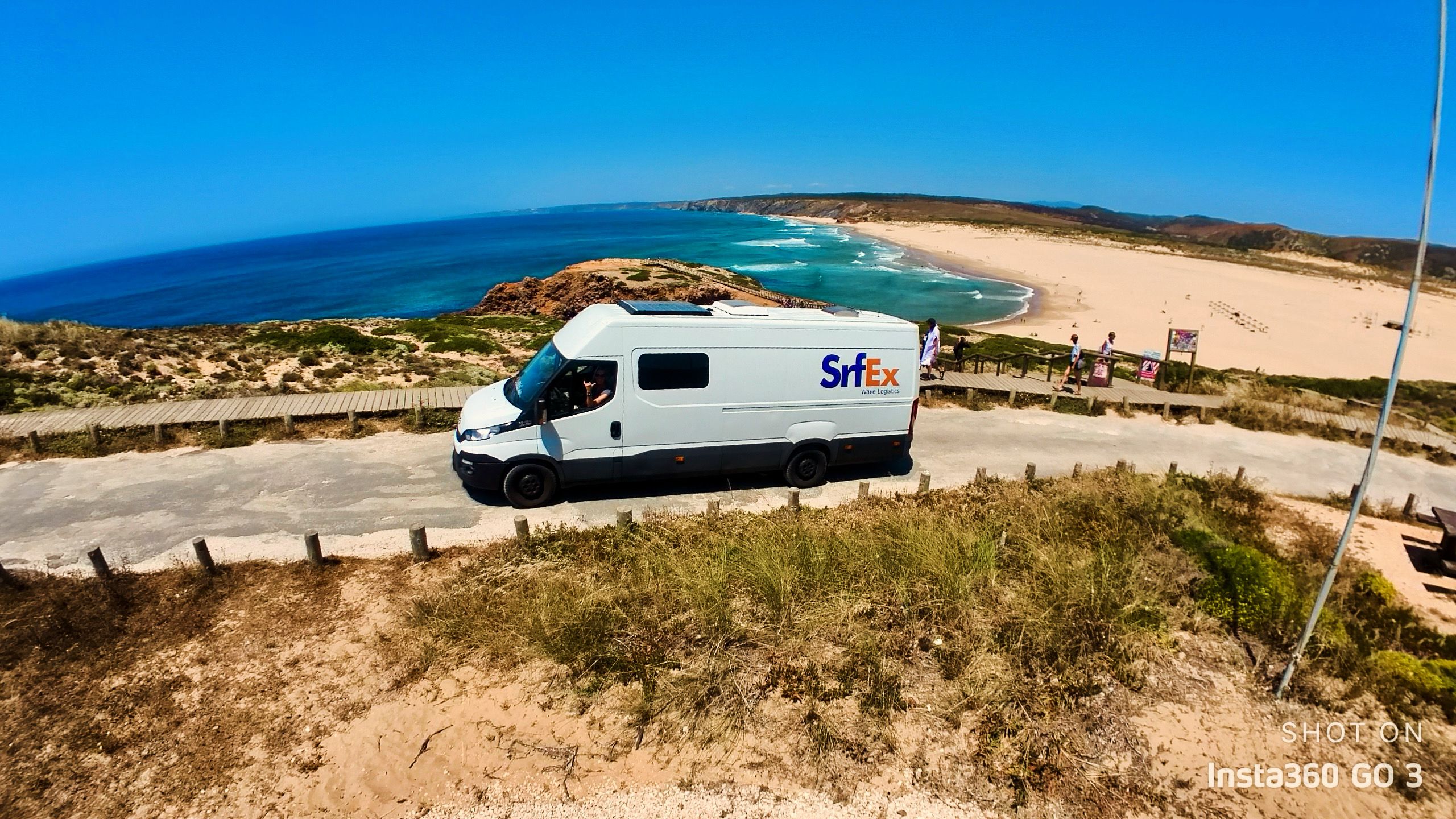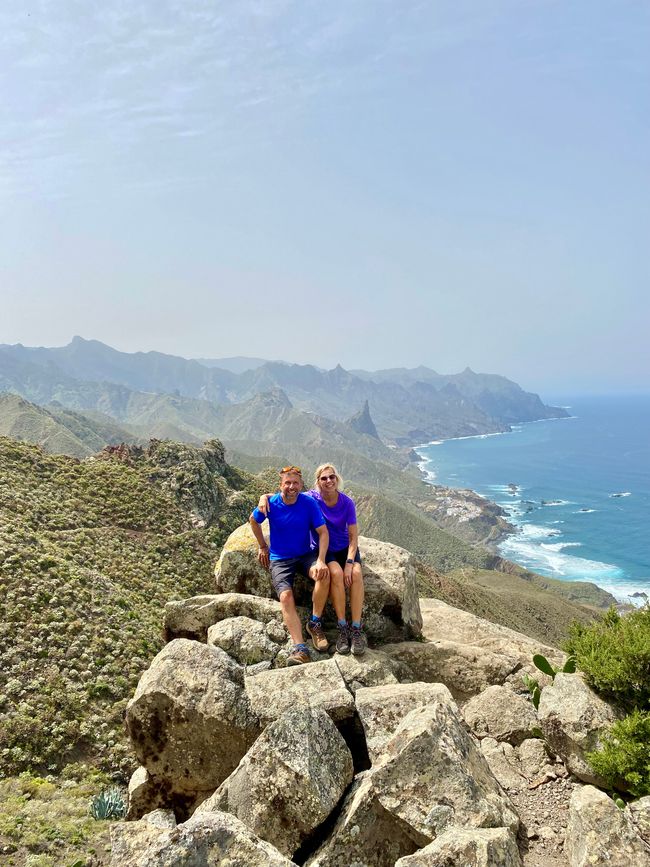
Coastal Nomads - Suzi, John & Betty
vakantio.de/coastal-nomads-suzi-john
From Sagres to the Golden Gate Bridge (138 days - 7,900 km)
Közzétett: 12.06.2024
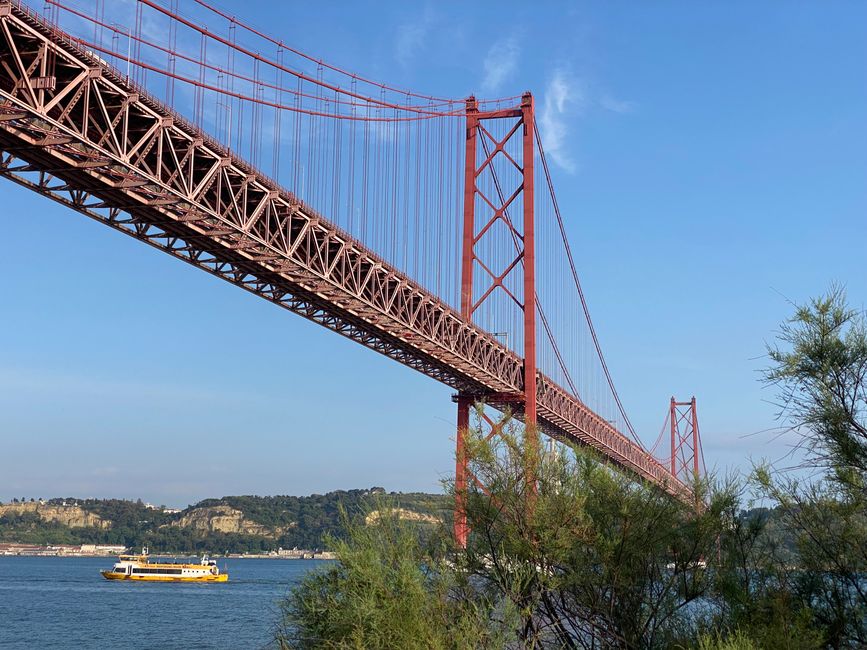
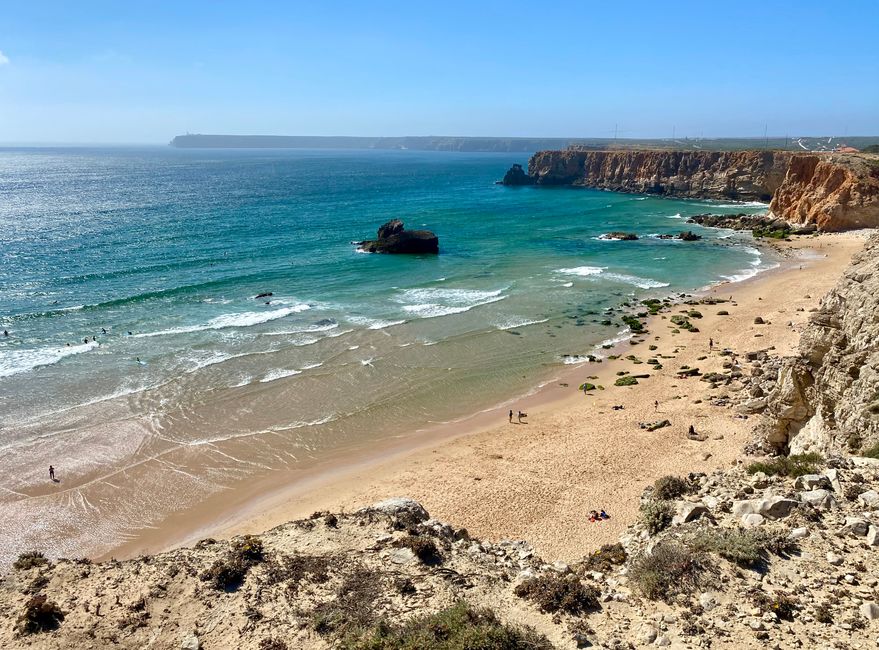

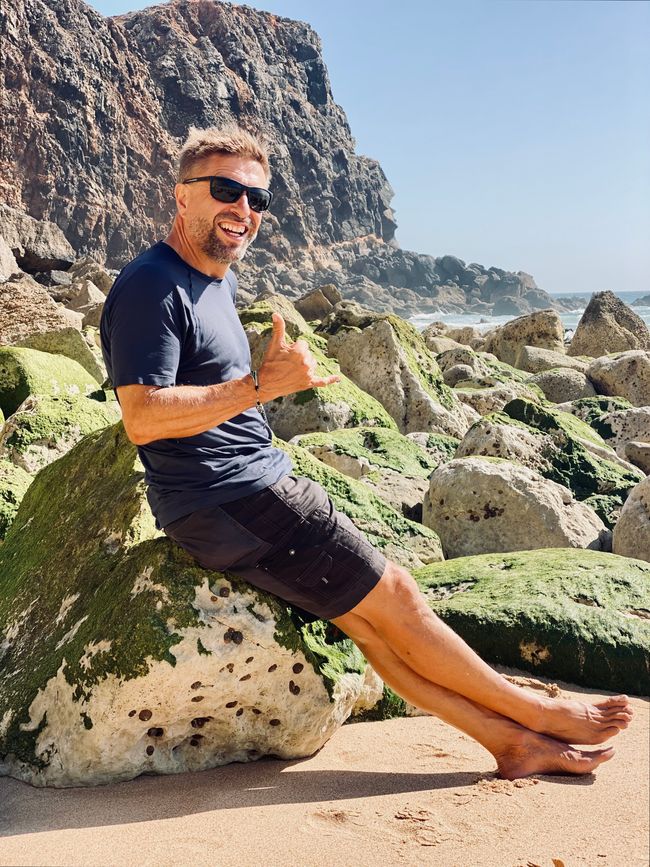
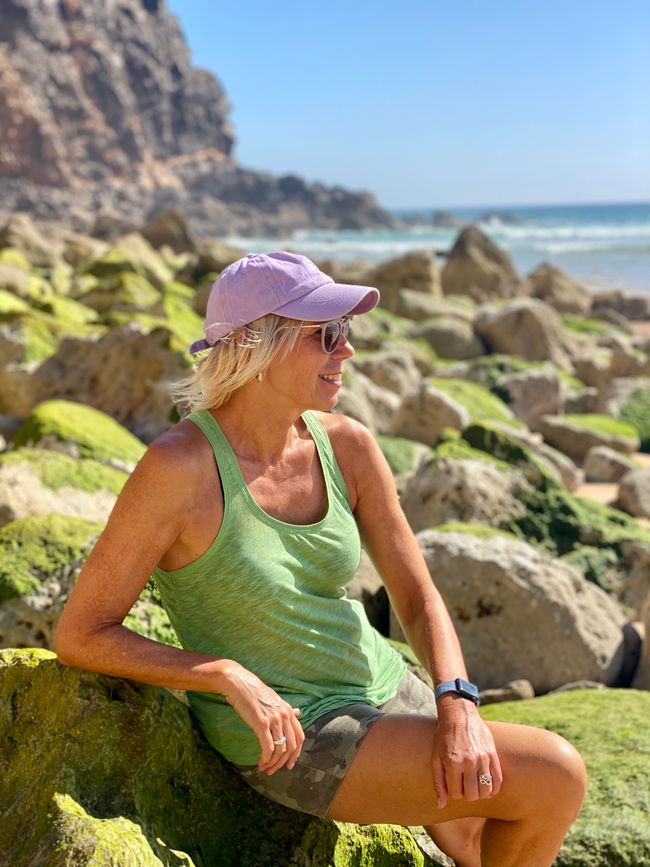
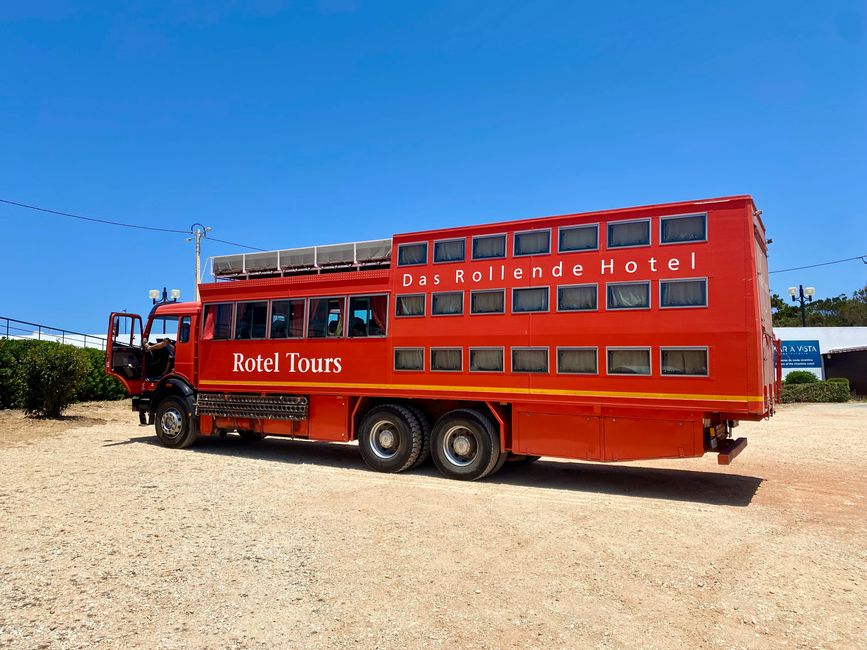
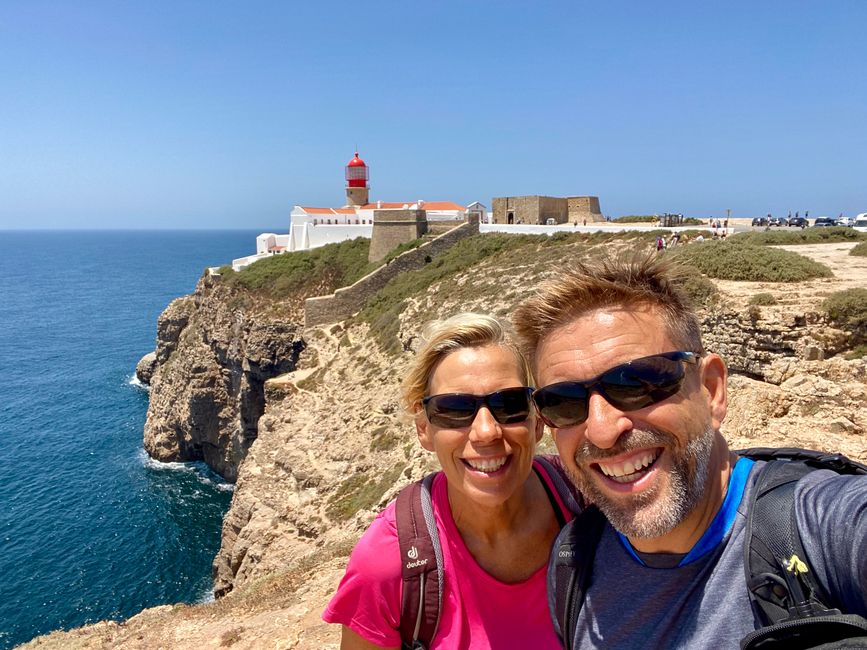
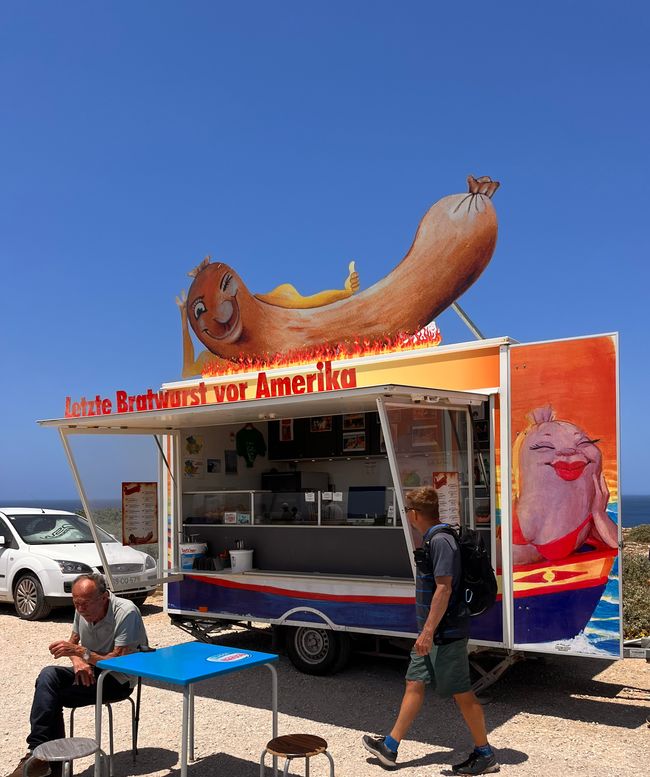

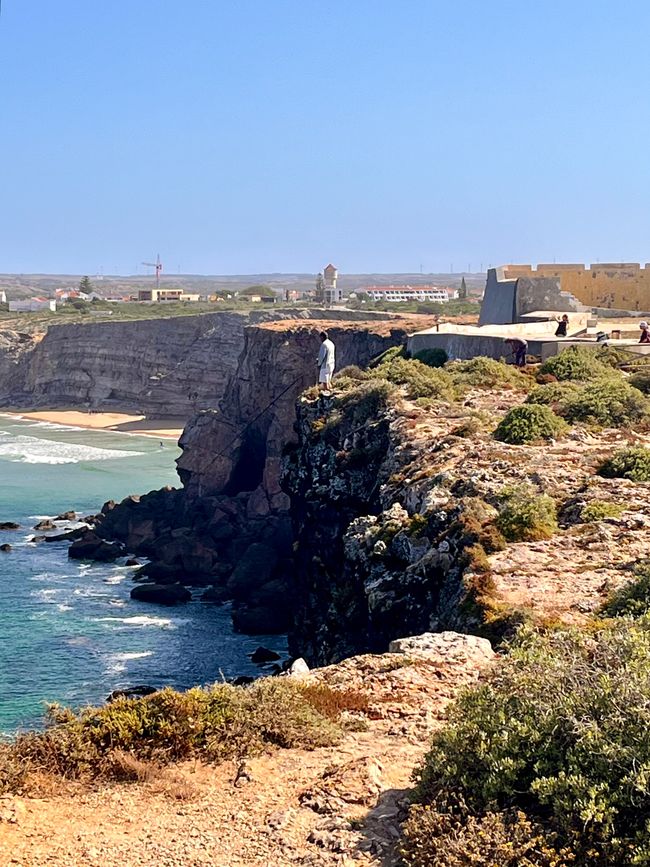
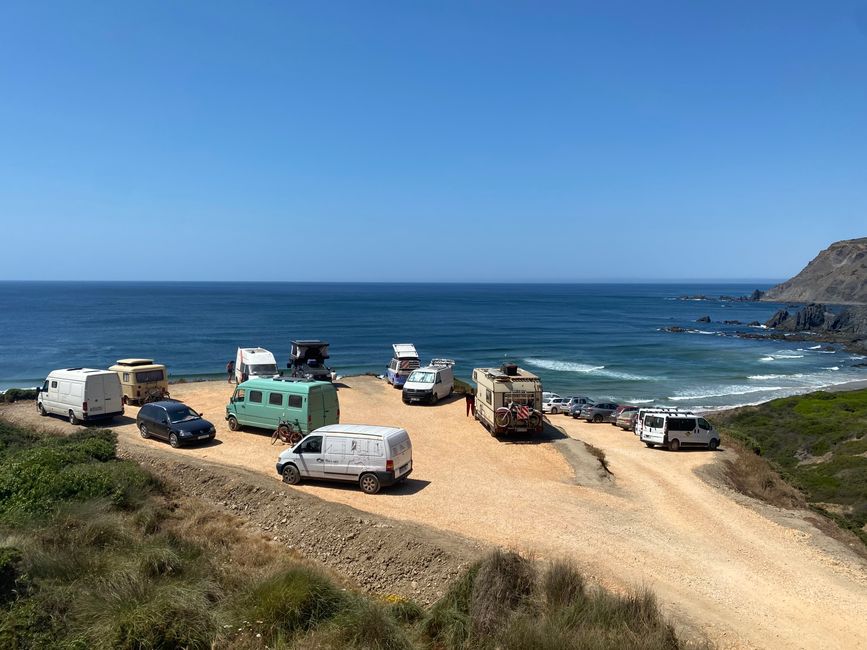

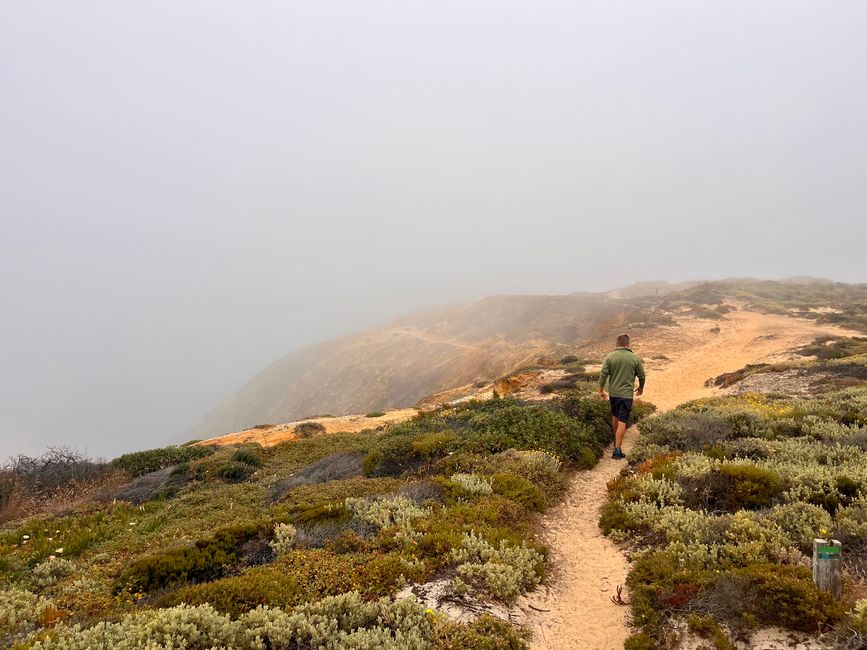
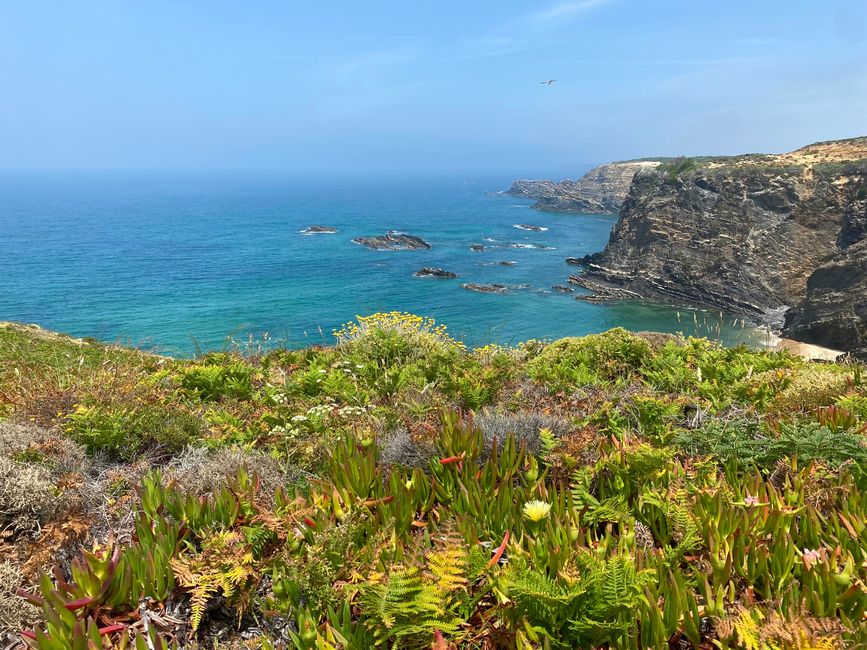
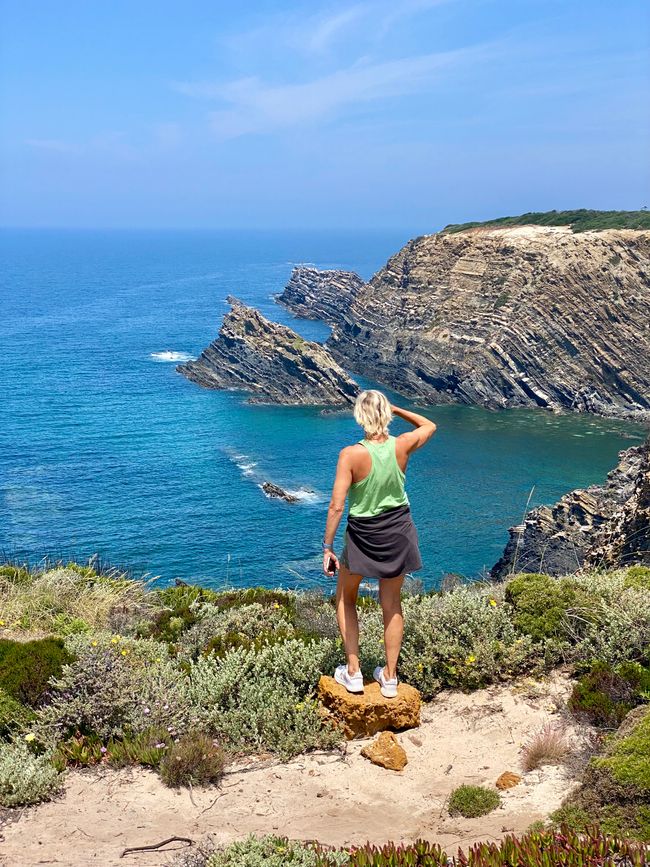
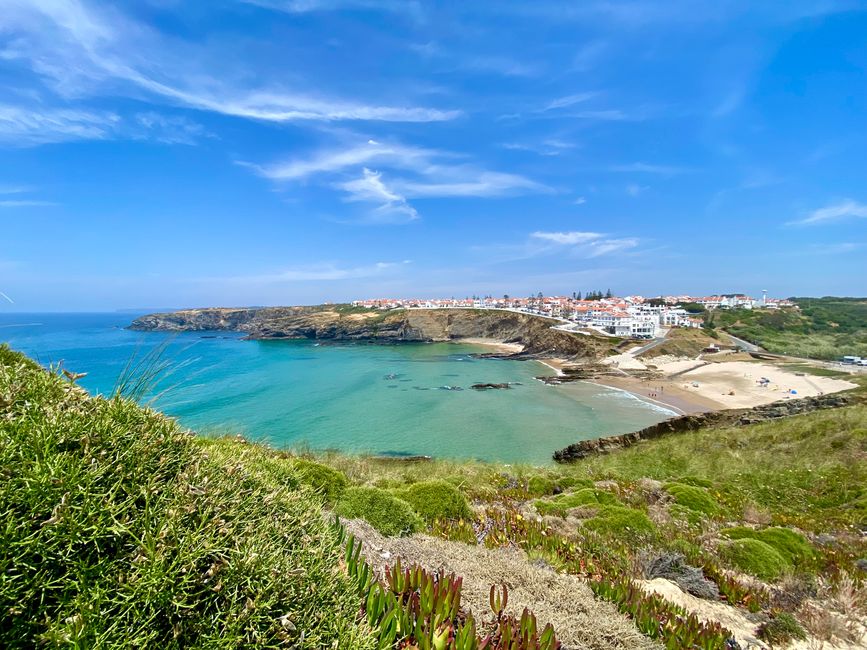
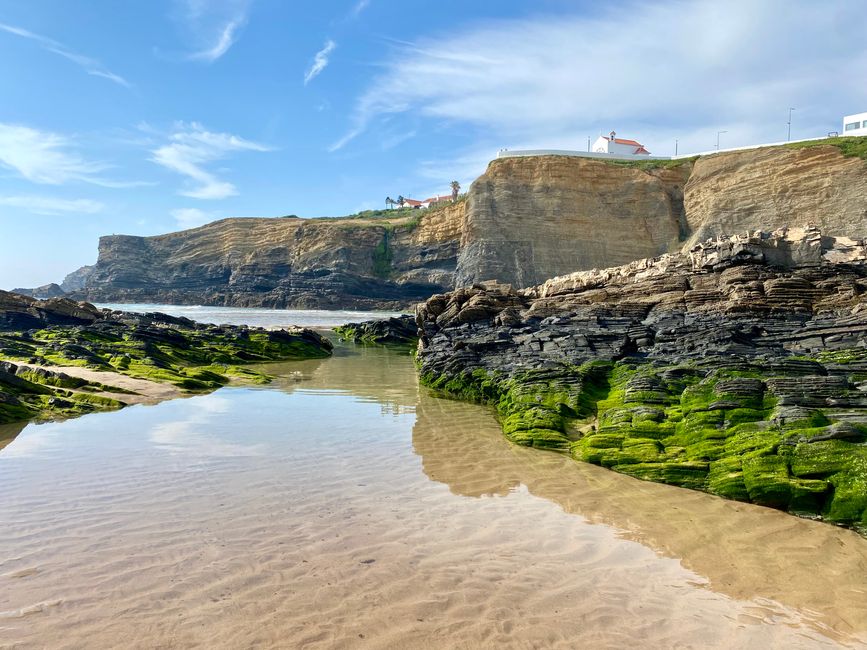
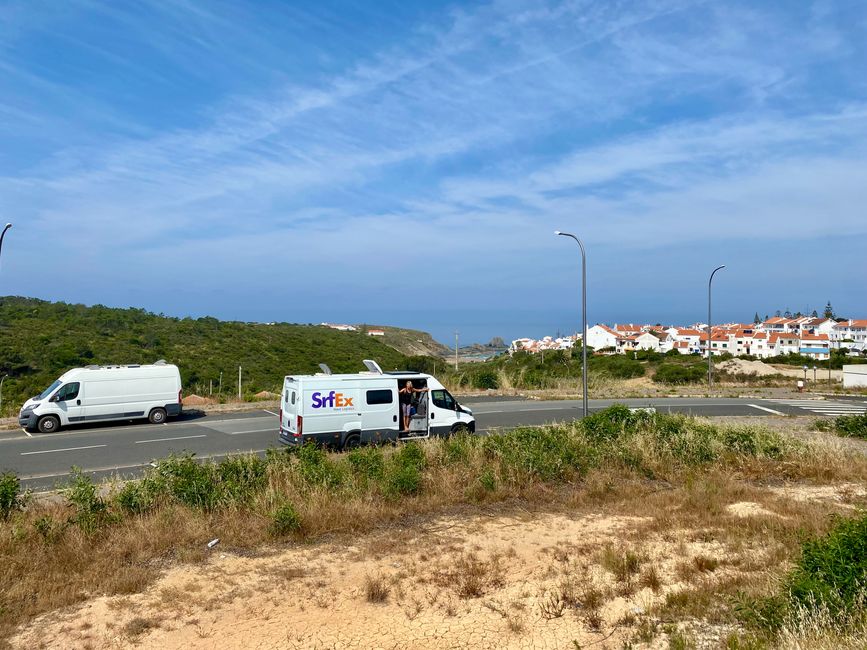

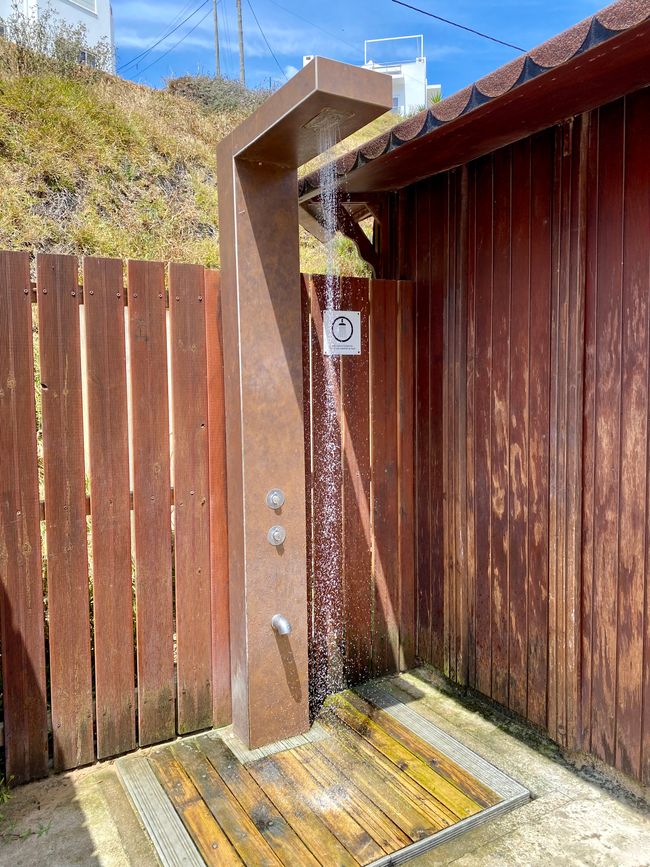
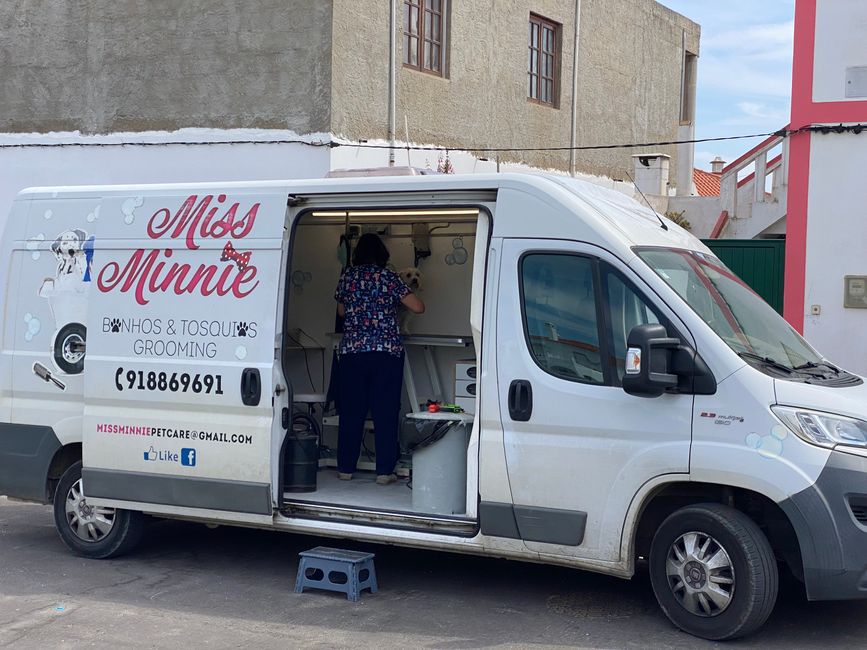
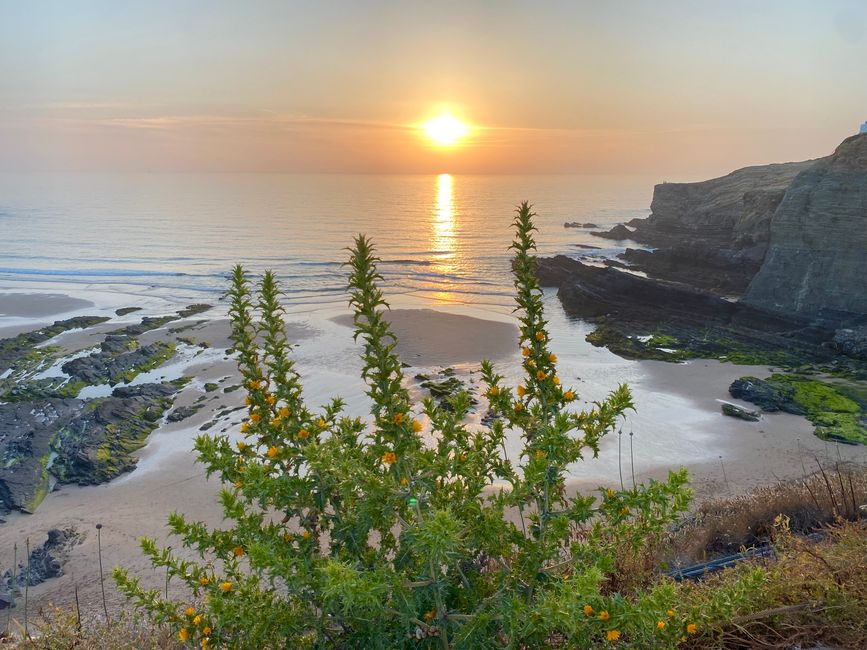
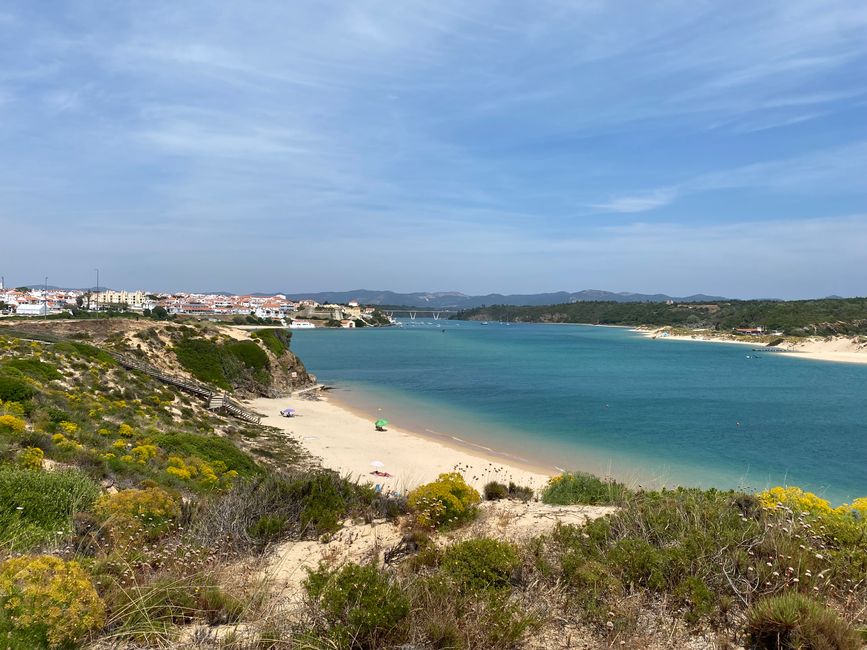

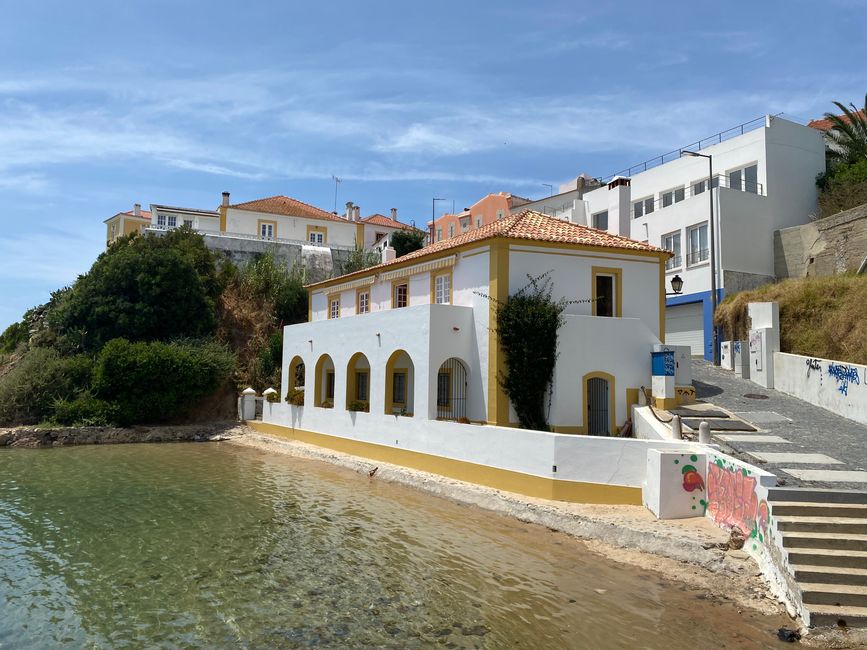
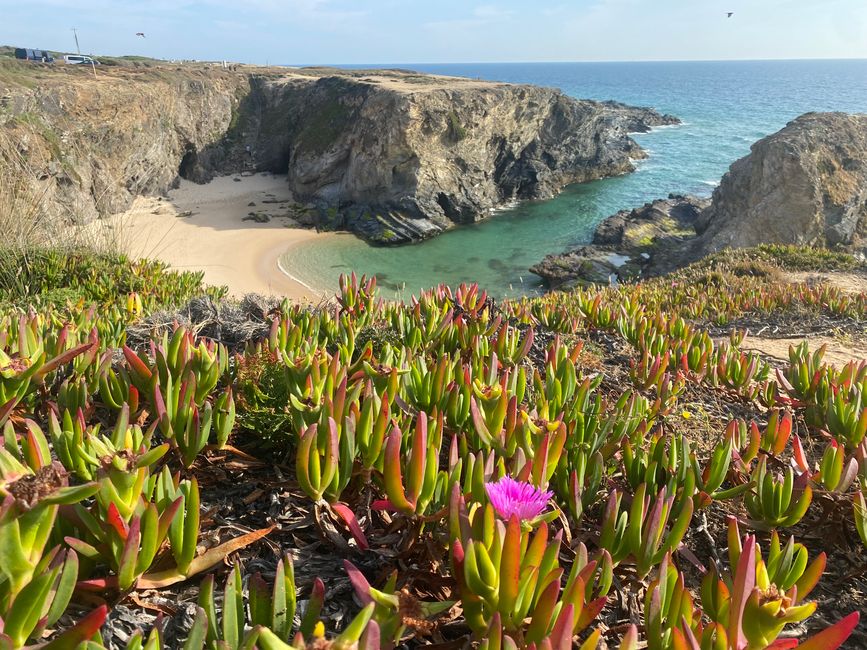

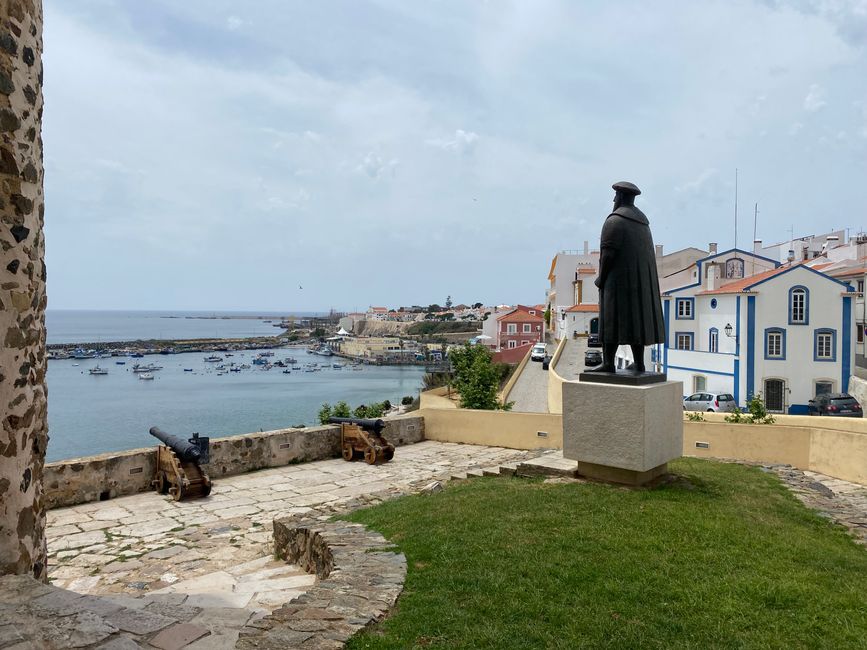
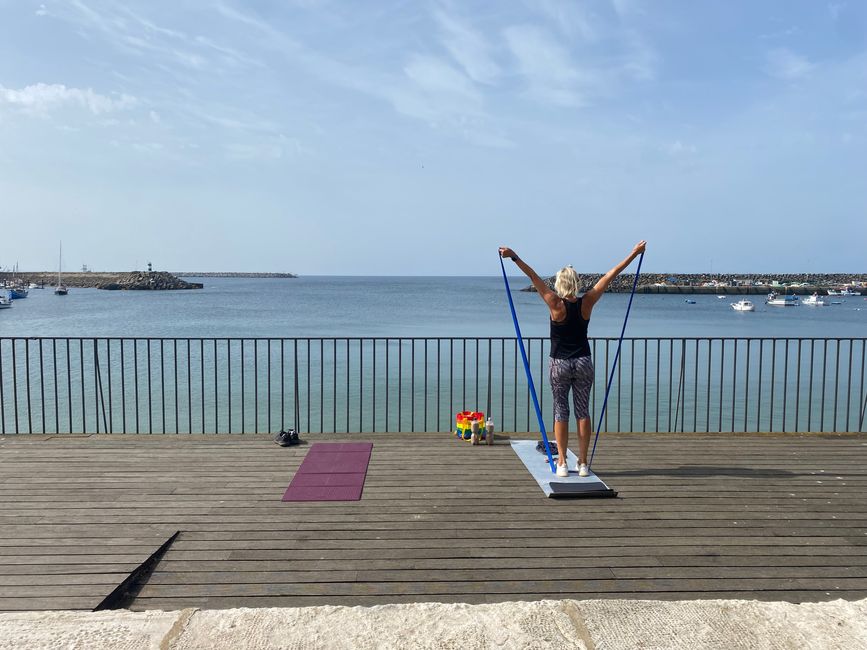
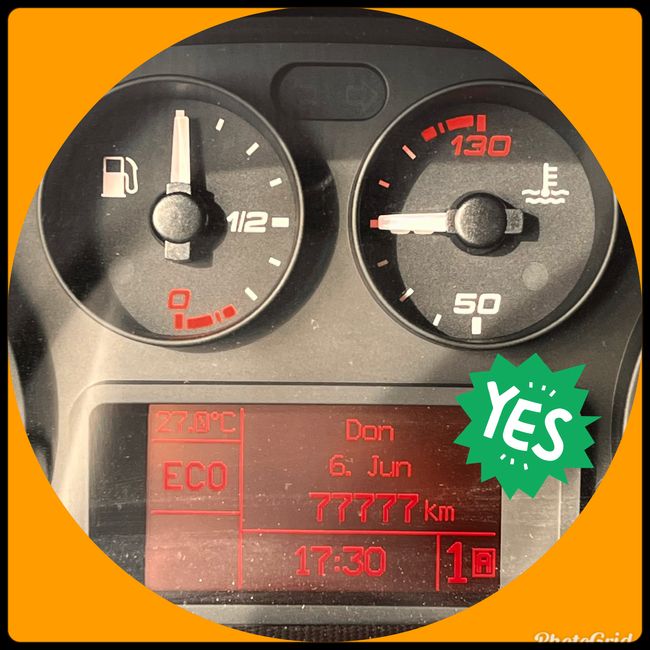
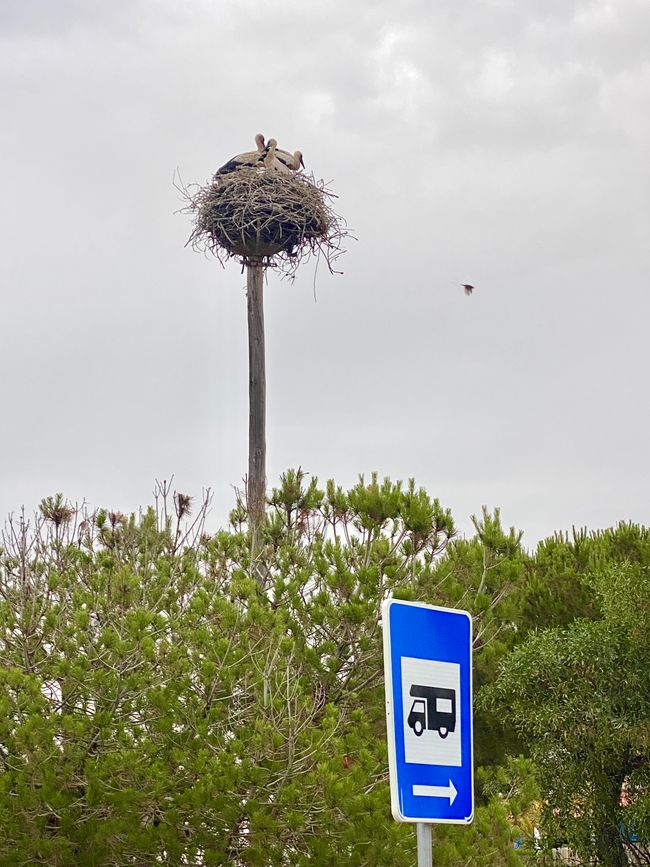
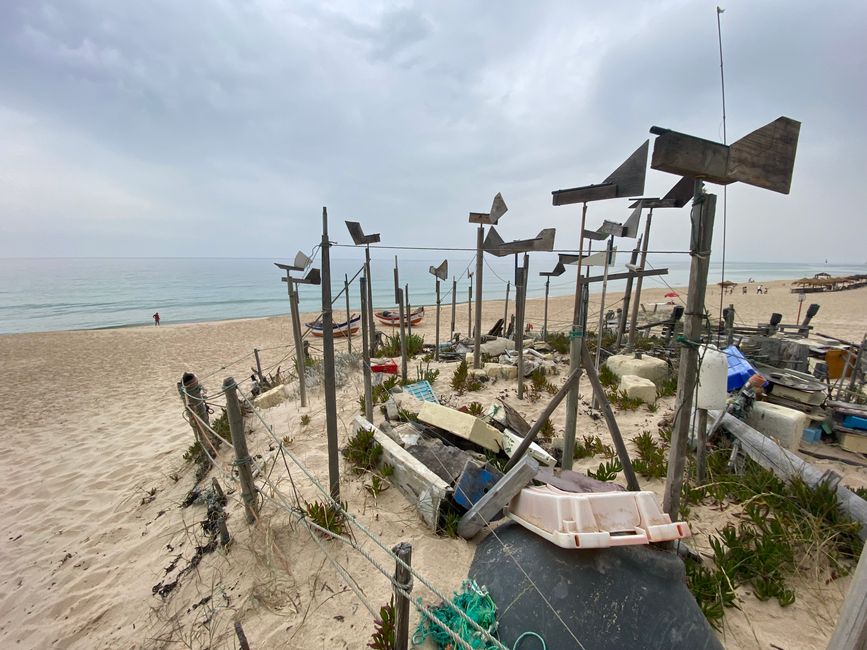
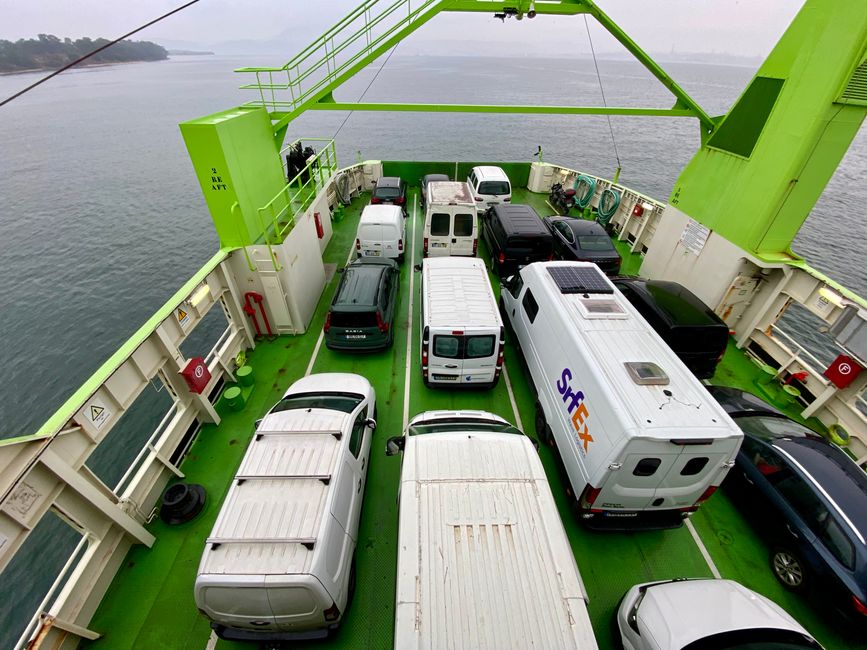
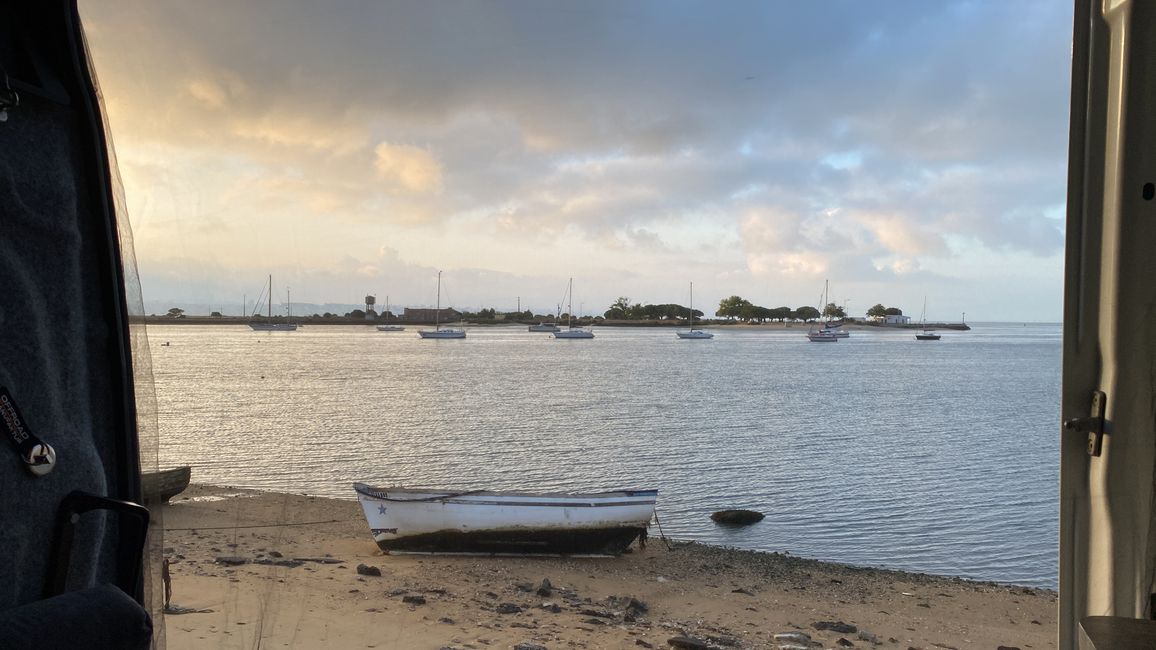
Feliratkozás a hírlevélre
We and Betty continue to the outermost "corner" of Portugal, Sagres. We head for Sagres because it is a well-known hotspot for surfers and windsurfers due to its exposed location on the Atlantic. The distances from one place to another are manageable. We cruise leisurely along small country roads, avoiding the toll motorway. Before Sagres, the landscape changes and is more reminiscent of the west coast of Denmark, a long stretch of dunes and heathland. Sagres itself is more like a loose collection of houses than a town and, surprisingly, is also reminiscent of Danish west coast towns such as Klitmöller. Sagres is known for the Fortaleza de Sagres, an ancient fortress on the headland in front of Sagres. The legendary seafaring school of Henry the Navigator (a predecessor of Vasco da Gama) is said to have been located here. One bay further on is the Cabo de Sao Vicente, the westernmost tip of mainland Europe. The picturesque Farol do Cabo lighthouse is perched on high cliffs. You can also eat the "last bratwurst before America" at a snack bar here (we skip it). Many visitors take Insta selfies very close to the crumbling cliff edge, and we sometimes get dizzy just watching. Unfortunately, tourists also fall to their deaths here from time to time. A memorial plaque commemorates a young German who died here in 2001.
There are two beaches in Sagres for surfers and windsurfers: Praia de Martinhal and Praia de Tonel. Praia de Tonel is a top wave spot, but very challenging. The bay is surrounded by steep cliffs and is dotted with rocks, some of which are just below the water's surface. Unfortunately, during our time in Sagres there was no wind or big waves; I and my equipment were spared any potentially painful contact with the rocks ;-). The water quality has improved significantly. The algae plague of the southern Algarve has disappeared and the Atlantic looks as it should, namely blue-turquoise!
In Sagres, the municipality tolerates free camping on a large parking lot outside the city in front of the fortress. What always annoys us are the "cuddly campers". These are campers who park so close to you in an almost empty space that you can hardly open the sliding door... We explain this in terms of depth psychology as a relic from the Neanderthal era, when everyone in the cave huddled together out of fear of the saber-toothed tiger. We are cool, of course, and always try to lie in the cave as alone as possible. We stay three nights in total (and move once to escape a "cuddly camper"). On a bike tour, we discover the Praia de Ponta Ruiva in the middle of nowhere. A dream beach, especially for surfers. A very steep gravel road leads down to the beach. Despite being in a nature reserve and expressly prohibited, there are a few surfer vans down there, who obviously also spend the night there. Of course, it's really cool to spend the night right at the spot, but it results in exactly what all vanlifers are upset about: even more bans, closed access roads, height restrictions, etc. We are torn between the two worlds. Our motto, which has worked well for us so far, is: camp freely whenever possible, but not where it is expressly forbidden.
What is very nice about Portugal is that large supermarkets like Intermarche and Lidl have large, designated parking spaces for motorhomes. Intermarche even offers the option of water and sewage disposal (and the cheapest petrol stations). In some cases you can even spend the night in these spaces. German supermarkets could really do the same!
We have to move on. It took us almost two and a half weeks to cover the first 150 km of coast. Now we have to step on the gas, otherwise we'll still be in Portugal in the autumn ;-). We got the tip for our next destination from our friends Sascha & Zhaoyang, who travelled through the south of Portugal a few weeks before us (and much faster): Zambujeira do Mar. So turn right in Sagres and then keep heading north! On the way there it gets much more lonely. There are only a few small towns on the west coast. The landscape is sometimes hilly, sometimes flat, in places there is a lot of forest and we really like it. Turn-offs from the country road lead to the beaches, one dream bay follows the next. Most of the time the bays and beaches are at the mouths of small rivers. The beaches are then framed by very photogenic high cliffs. We stop at Praia de Bordeira and ask ourselves whether it can get any more beautiful? On the way we pass Aljezur and Odeceixe. A 7 km long gravel road leads from Odeceixe to Praia de Amoreira. Is this the most beautiful beach in Portugal? The various travel guides always say that this or that beach is the most beautiful in Portugal, but what makes the most beautiful beach? That is certainly in the eye of the beholder. But they are all very beautiful!
We arrive in Zambujeira do Mar towards the early evening. The Park-4-Night app recommends spending the night on the outskirts of town in an abandoned building area. Anyone who often travels in southern Europe knows that such investment ruins are unfortunately almost everywhere. Here there is a great, almost deserted road with perfect parking bays above the town with a view of the town and the beach from the sliding door. Zambujeira turns out to be a cute little place with a great town beach and little tourism (why actually?). There are great hikes along the cliffs around the town. We start a hike in the morning in the sea mist, clouds waft around us and it is quite cool. But then the sun breaks out and one of the most beautiful beaches in Portugal lies before us ;-). We stay two nights in Zambujeira, we really like it here! What strikes us in the town is the high number of young men who look Pakistani or Indian. We do a little research and find out that a lot of Indians, Pakistanis and Nepalese work here as harvest workers in agriculture. Blueberries in particular are grown in huge plantations in the hinterland for the whole of Europe. Each blueberry has to be individually twisted off the bush, which is very labor-intensive. As you can imagine, the working and living conditions of the harvest workers are precarious. They send the little money they earn back to their homeland.
We have to/want to move on. On the way to Sines, our next destination, we make a stopover in Villa Nova de Milfontes. In Milfontes, the Rio Mira flows into the Atlantic. Almost imperceptibly, the river flows picturesquely into the Atlantic in a large delta. Some of the beaches are on the river, others are already on the Atlantic. There is a small castle complex on the river, everything is beautiful. We walk through the tranquil town and drink delicious Portuguese coffee (Galao = espresso with lots of milk and Meia de Leite = half and half). It is noticeable that on the west coast we encounter the friendliness that the Portuguese are said to be much more often (see travel blog Portugal/Algarve, a cool reception for us ). We are very happy about that! Fortunately, the Algarve is apparently rather untypical for the rest of Portugal. When we arrive in Sines, we spend the night at the marina. The next day we look around the town. Sines has a small, beautiful old town, but it doesn't appeal to us that much. The coastal strip is heavily influenced by large-scale industry and fishing. The town is separated from the beach by a wide road. Although Vasco da Gama is said to have been born in Sines, the only small museum dedicated to him has been closed for some time.
So we continue north. We stay in Lagoa Formosa near Comporta for one night. We park our van directly under one of the unbelievably many stork nests in this area. The two young storks are almost as big as their parents and are already making their first attempts to flap their wings. North of Lagoa Formosa there are many flooded rice fields, a true paradise for storks. The next day we continue to the headland of Troia (not Troy ;-)). On one side there is a huge lagoon, the Estuario do Sado, in which even dolphins live, and on the other side the rough Atlantic. Many wealthy Portuguese have their luxurious "dacha" on this headland. The area is off-limits for van-lifers, we are pretty much unwelcome here. Incidentally, Troia used to be the largest "fish canning factory" of the Roman Empire; fish was pickled in salt here and long-lasting fish sauces were made that were transported throughout the Roman Empire. For a few euros we take the car ferry from Troia to Setubal. Unfortunately we don't see any dolphins on the way. The weather has turned cloudy, as the forecast said, and we are accompanied by drizzle and a cool wind during the crossing.
After some research on the subject of overnight stays with the van in or around Lisbon, we decided to stay south of the Tejo (the "Elbe" of Lisbon) on the other side of the river and take the ferry for our Lisbon sightseeing. South of Lisbon there are large residential areas and many residents take one of the numerous ferry lines to work in Lisbon in the morning. We chose Seixal. We arrive in Seixal in the evening; at the end of the town behind some nice little restaurants and a small harbor there is a gravel parking lot with plenty of free space for us too. There are no restrictions for camper vans or overnight stays and the parking lot doesn't cost anything. We are once again pleased that parking has apparently not yet been discovered as a multi-billion dollar business in Spain and Portugal. From the sliding door we even have a view of Lisbon and the "Golden Gate Bridge" on the horizon. The similarity of the Ponte 25 de Abril over the Tejo with the Golden Gate Bridge in San Francisco is no coincidence, by the way, both bridges were built by the same US construction company! Tomorrow we're finally going to Lisbon. We're really excited to see what this city, which is so hyped as a holiday destination, has to offer!
SEQUEL FOLLOWS
Feliratkozás a hírlevélre
Válasz (3)
Jeanett und Patrick und Boomer
Ihr Lieben, euer Bericht zur Reise ist wieder mal ganz interessant….. Macht weiter so, genießt das Leben und eure Zweisamkeit
Wir lieben euch ❤️Karin
Hallo ihr drei 😉,
Danke für den tollen Bericht. Wieder einmal wirklich schön geschrieben.
Wenn ihr noch nach Porto wollt, hätte ich ein paar Tipps fürs Hinterland und das Duoro Tal.
Viel Spaß 🙋🏻♀️Stefan
Wieder ein toller Etappenbericht, danke dafür. Genießt die Zeit🚐😊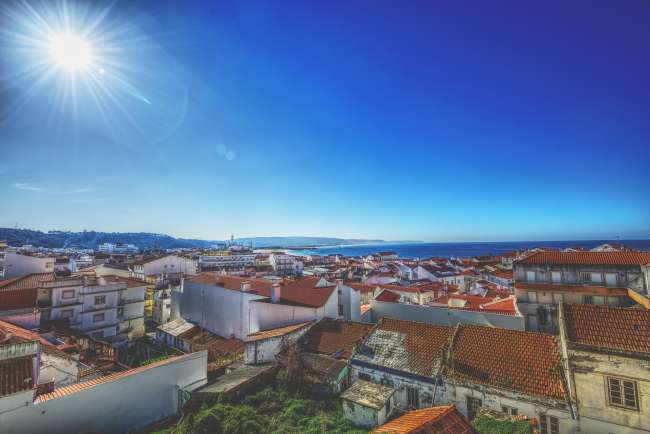
Portugália utazási jelentések
